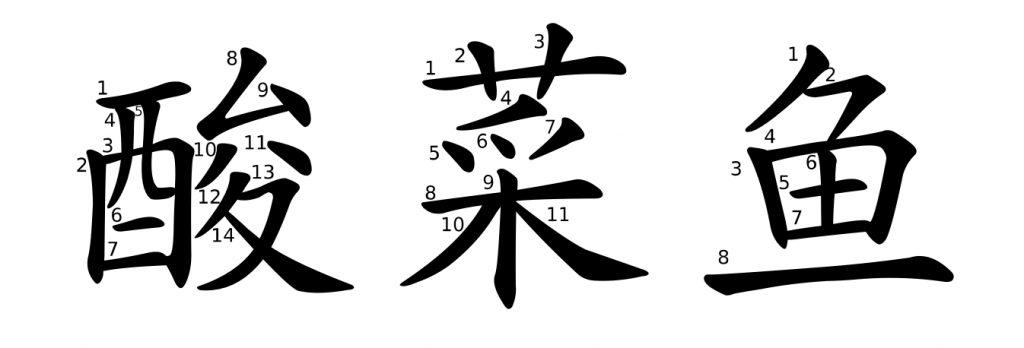Quick link:
中餐、越來越、聽說/听说、學校/学校、附近、飯館兒/饭馆儿、老四川、服務員/服务员、麻辣、最好、慢點兒/慢点儿、豆腐、點頭/点头、味道、酸辣湯/酸辣汤、這位朋友/这位朋友、再說/再说、一言為定/一言为定、這邊坐/这边坐、特別是/特别是、常常、嘗一嘗/尝一尝、習慣/习惯、一家飯館兒/一家饭馆儿、酸菜魚/酸菜鱼
中餐 zhōngcān N. Chinese food (formal expression)
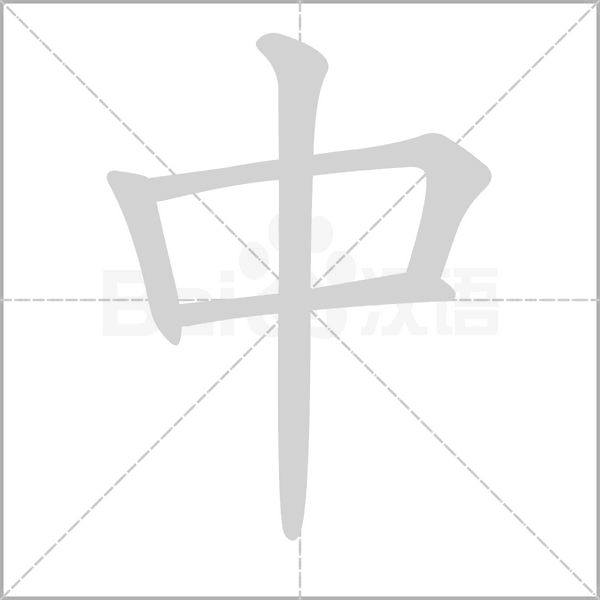
zhōng: middle
radical: 丨 (gǔn; the way it goes up and down)

Chinese Studies Classroom: In oracle bone script, the character “中” resembles an upright flag, with two flag tassels at the top and bottom fluttering in the wind. The “口” in the middle of the two tassels represents the meaning of “center.”
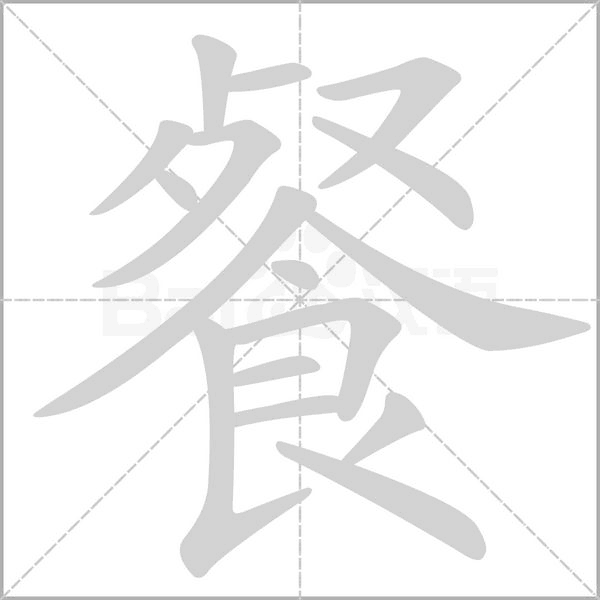
cān: food; meal
radical: 食 (eat; food)

Chinese Studies Classroom: The character “餐” is a phono-semantic compound. In Oracle Bone Script, the lower component “食” represents food, with the lower part resembling a container filled with food and the upper part resembling a lid. The upper component serves as the phonetic indicator, as the ancient pronunciations them were similar. Characters with the “食” radical are often related to food, such as “餓” (è; hungry), “飯” (fàn; rice/meal), and “館” (guǎn; restaurant).
Both traditional and simplified characters are written as:
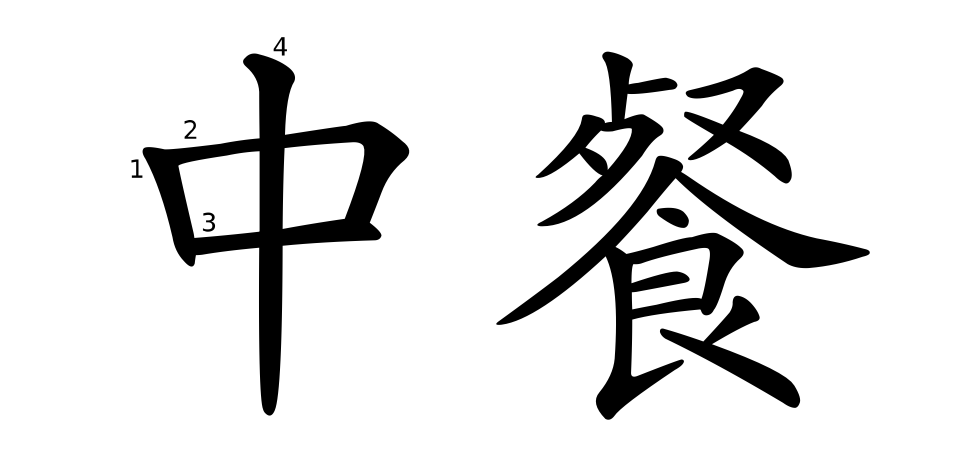
越來越 yuèláiyuè Adv. more and more
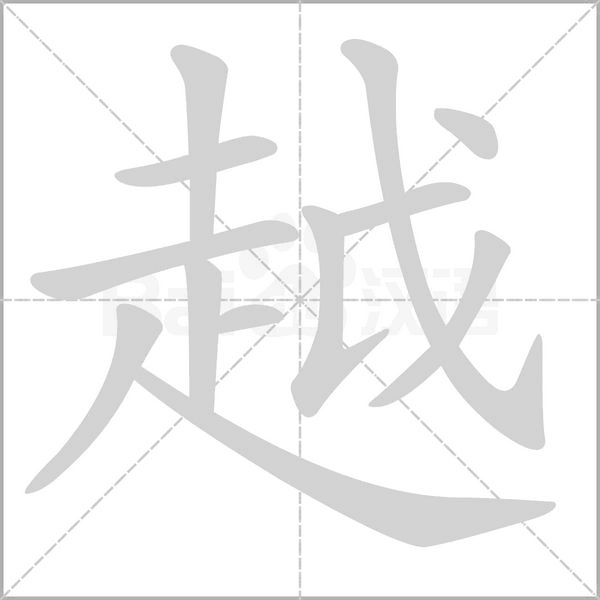
yuè: get over; jump over; exceed
radical: 走 (zǒu; run; walk)

Chinese Studies Classroom: In ancient Chinese script, the character “走” depicts a person swinging their arms while running forward. The lower part of the character is “止,” which represents toes, emphasizing the act of running. In modern Chinese, characters with the radical “走” are often associated with actions related to running or walking, such as 越 (to surpass), 起 (to rise), 赶 (to hurry), and 超 (to exceed).
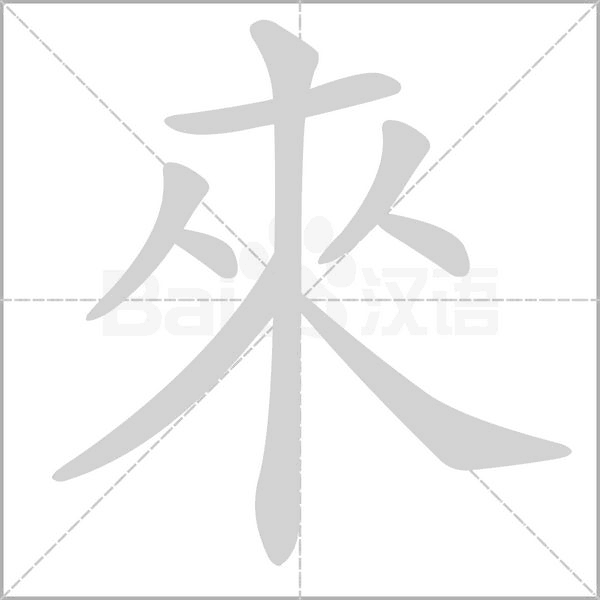
lái: come
radical: 木 (lái; wood)
Traditional character:

Simplified character:

聽說 tīngshuō V. to hear something from others
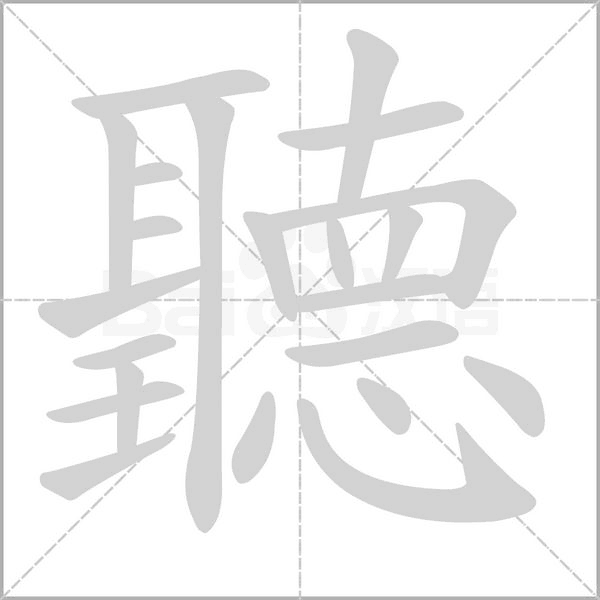
tīng: listen
radical: 耳 (ěr; ear)
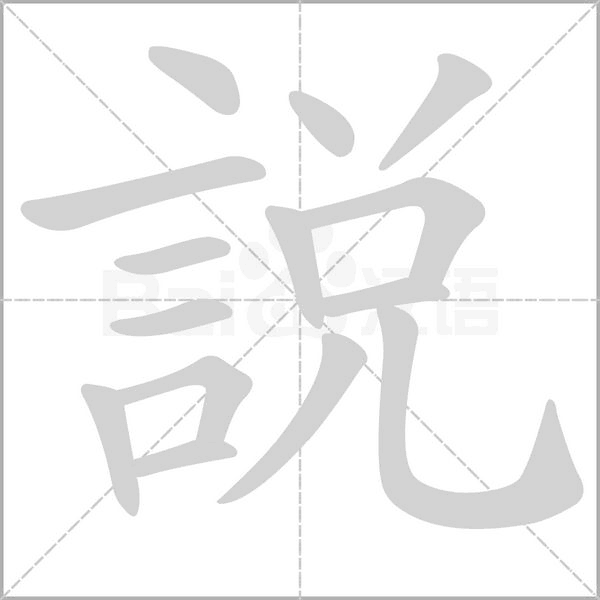
shuō: to speak
radical: 言 (yán; language)
Simplified character:

學校 xuéxiào N. school
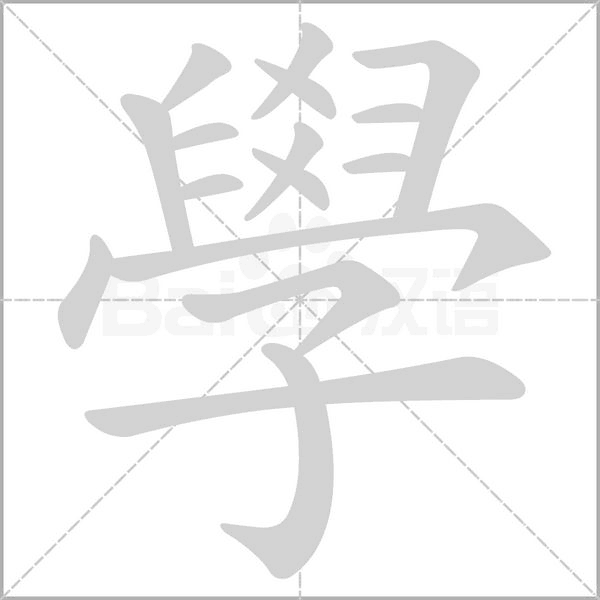
xué: to study, to learn
radical: 子 (zǐ; This radical is usually associated with Chinese characters that have meanings related to people)

Chinese Studies Classroom: The original meaning of the character “學” (xué) is “awakening.” In bronze script, the component “子” (zǐ) represents a child, while “冖” (mì) signifies a state of ignorance. “臼” (jiù) is a phonetic component, representing the sound of the character in ancient times. Because a child is ignorant, they need to learn.
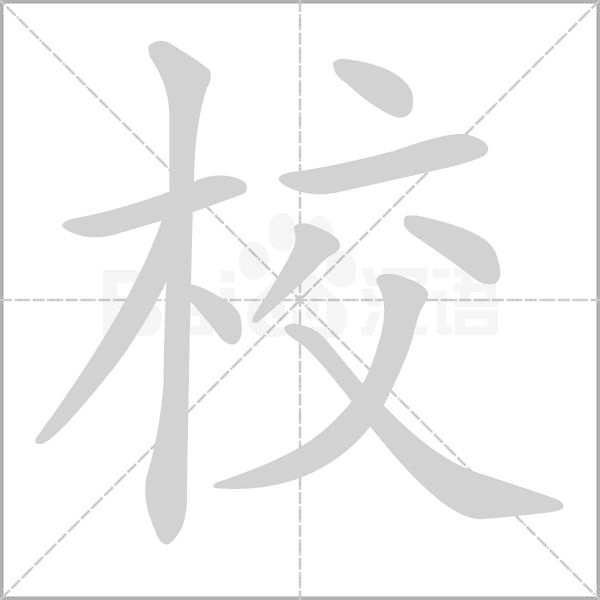
xiào: school
radical: 木 (mù; wood)
Traditional character:

Simplified character:
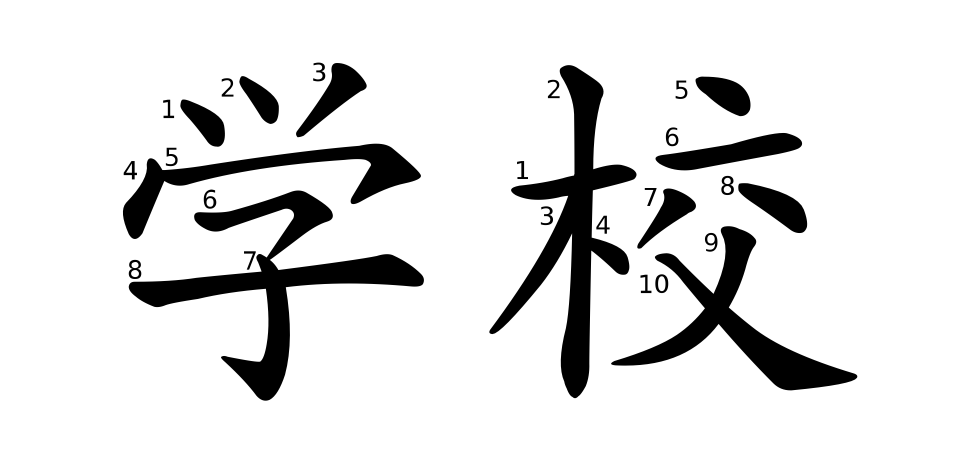
附近 fùjìn N. vicinity;in the vicinity of
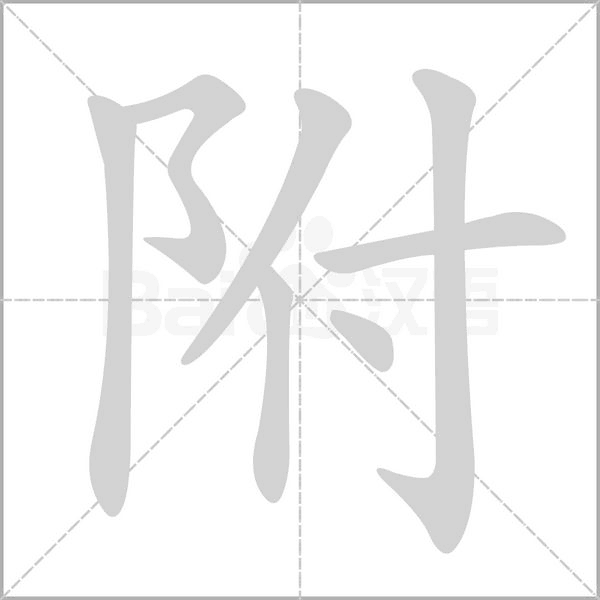
fù: get close to; be near
radical: 阝(fù; A small hill)

Chinese Studies Classroom: The radical “阝” can appear on either the left or the right side of a Chinese character. When it is on the left, it is derived from the character “阜” (fù). The original meaning of “阜” is a hill, so when “阝” appears on the left side of a character, the character’s meaning is often related to mountains or terrain, such as “险” (xiǎn, dangerous), “阴” (yīn, shade), and “阳” (yáng, sun).
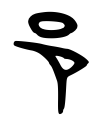
Chinese Studies Classroom: The radical “阝” can appear on either the left or the right side of a Chinese character. When it is on the right side, it is derived from the character “邑” (yì), which is associated with cities. Therefore, when this radical appears on the right side, the character’s meaning is often related to towns or place names, such as “都” (dū, capital), “郊” (jiāo, suburb), “邦” (bāng, state).
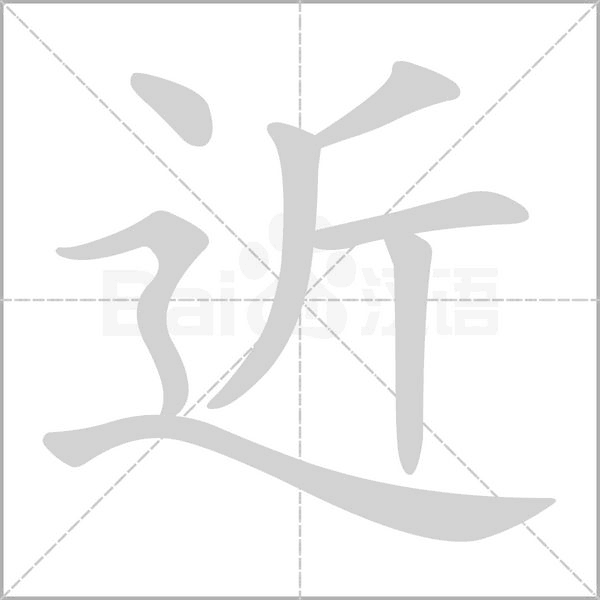
jìn: near
radical: 辶 (chuò, walking)
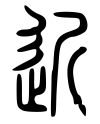
Chinese Studies Classroom: The character “近 (jìn)” is a phono-semantic compound. Its radical is “辶,” which was originally written as “辵 (chuò),” signifying movement or action. The inner component is “斤 (jīn),” which provides the phonetic cue, indicating that “斤(jīn)” and “近(jìn)” had similar pronunciations in ancient times. The original meaning of “近” refers to a short distance, opposite to “遠/远” (yuǎn; far). Over time, it extended to signify a short duration or close relationships between people.
Both traditional and simplified characters are written as:
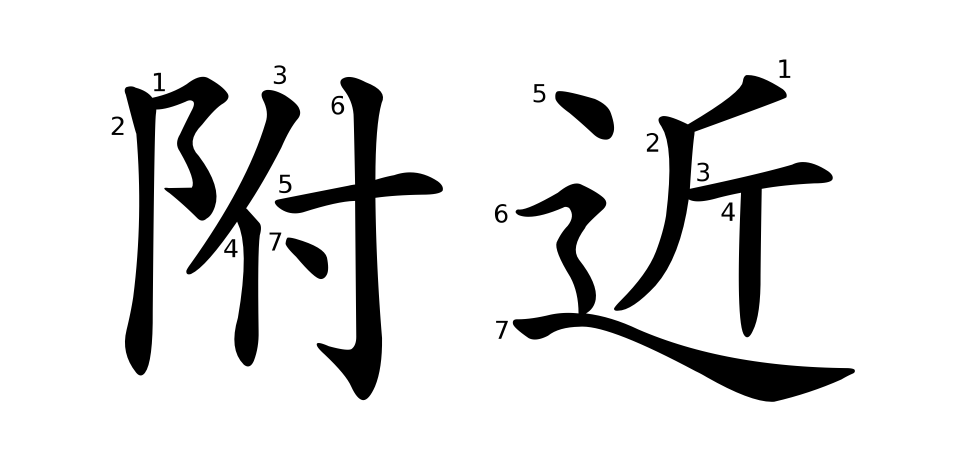
飯館兒 fànguǎnr N. restaurant (informal way)

fàn: meal
radical: 食 (shí; food)
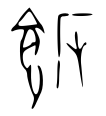
Chinese Studies Classroom: In ancient characters, the left side of “飯” is “食,” which looks like rice on a table, and the right side is “反.” “食” indicates something related to food, while “反” represents the pronunciation
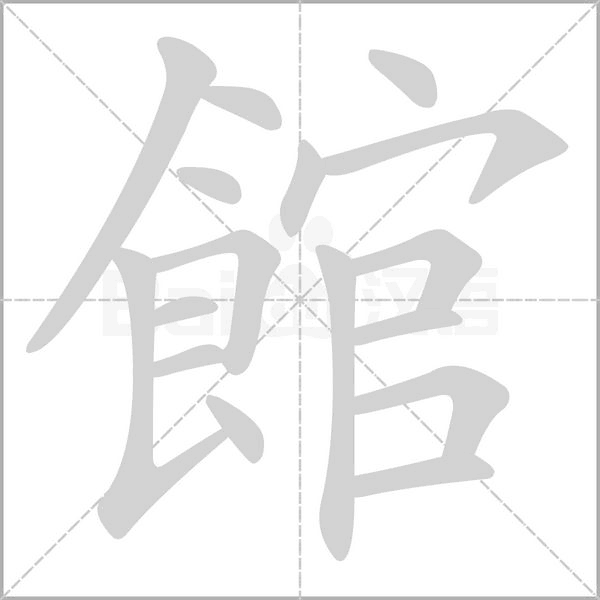
guǎn: accommodation for guests
radical: 食 (shí; food)

Chinese Studies Classroom: The character “館” is a phono-semantic compound. Its radical is “食,” which originally means eating, indicating that “館” is related to food or dining. The right component, “官,” serves as the phonetic element. The original meaning of “館” refers to a house for hosting guests. Over time, it extended to mean a luxurious residence, embassies, consulates, shops, or places for cultural activities.
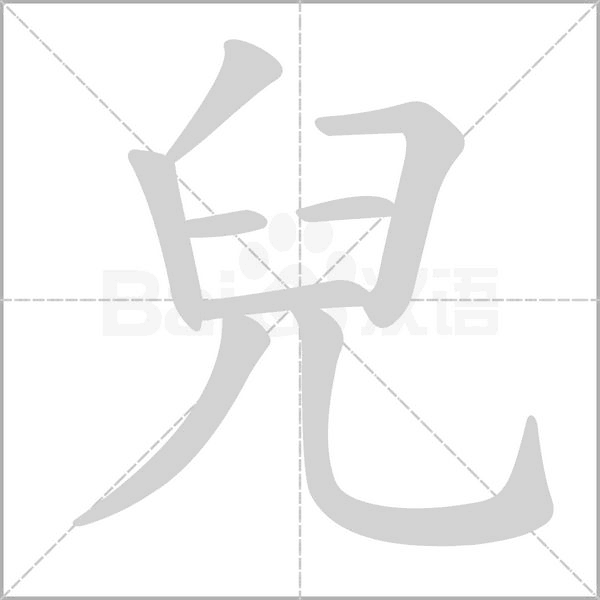
ér: a retroflex suffix
radical: 兒
Note that “兒” is an important retroflex suffix in Mandarin Chinese. In Mandarin Chinese, “érhuà” (the addition of the retroflex suffix “-r”) can add a sense of intimacy or diminutiveness to nouns. However, this usage is limited to certain specific words. For example, “画儿” (huàr) conveys a more casual or affectionate tone than “画” (huà), and “玩儿” (wánr) sounds more colloquial than “玩” (wán). In addition, “érhuà” can also change the meaning of certain words. For example: “哪” (nǎ; which) becomes “哪儿” (nǎr; where), and “那” (nà; that) becomes “那儿” (nàr; there).
Simplified character:
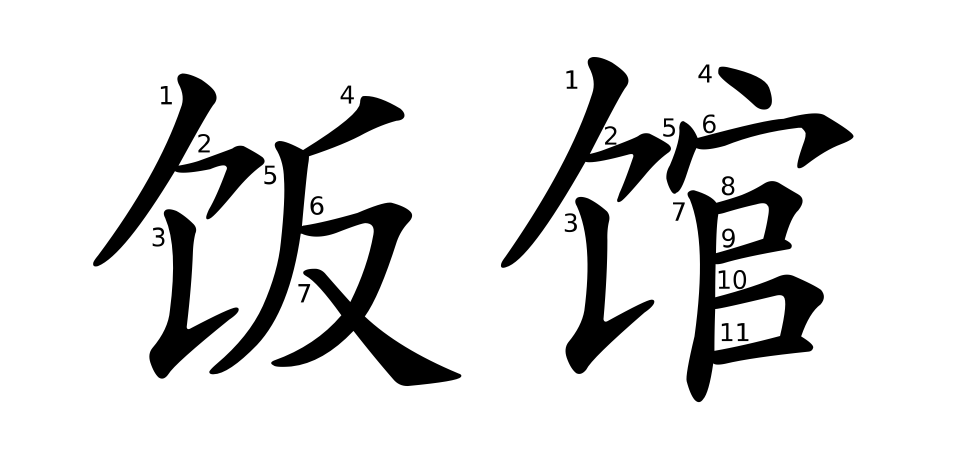
老四川 Lǎosìchuān N. old Sichuan (name of a restaurant)
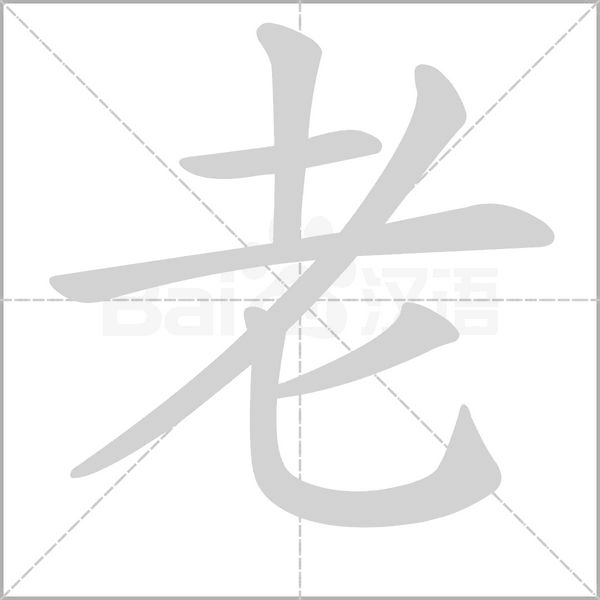
lǎo: old
radical: 耂 (lǎo, old)

sì: four
radical: 口

Chinese Studies Classroom: One interpretation of the character “四” is that in ancient bronze script, its shape resembled something divided into four parts.
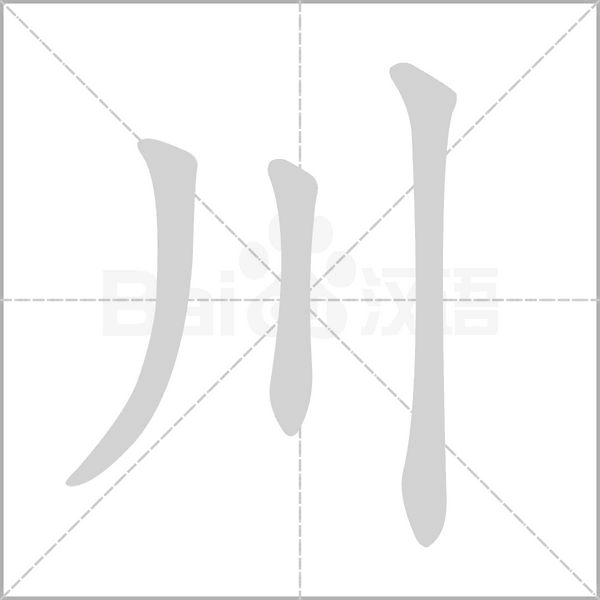
chuān: river; stream; plain
radical: 丿

Chinese Studies Classroom: In Oracle Bone Script, the character “川” resembles a winding, ever-flowing river. The two curved lines on either side represent the riverbanks, while the small dots in the middle symbolize the flowing water.
Both traditional and simplified characters are written as:
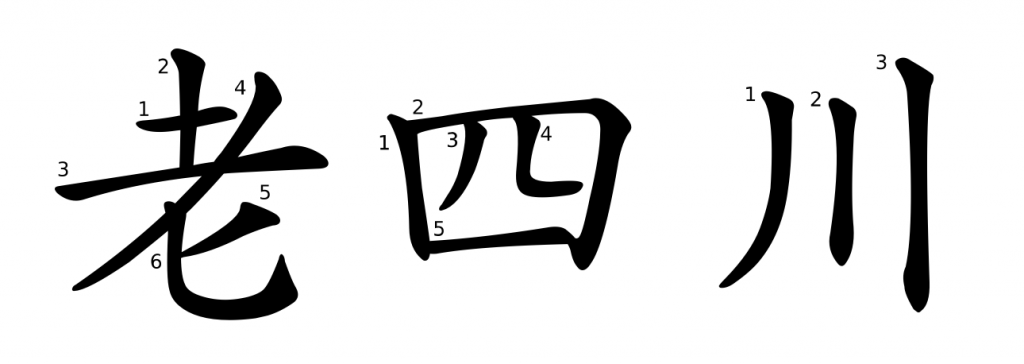
服務員 fúwùyuán N. waiter/waitress
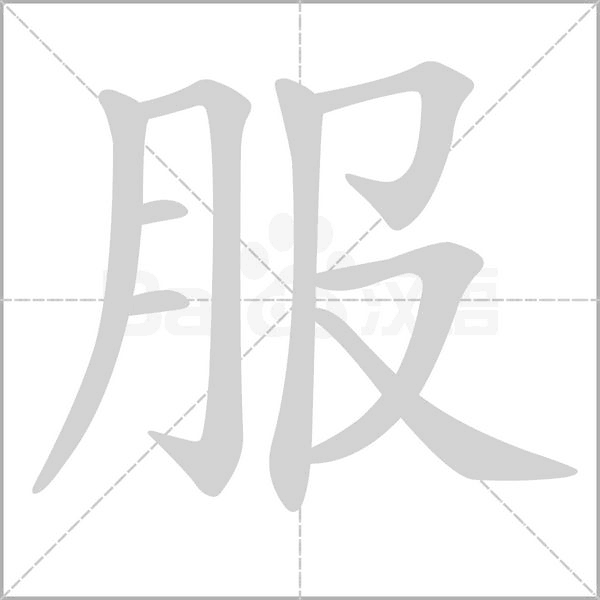
fú: serve; obey
radical: 月

Chinese Studies Classroom: In Oracle Bone Script, the character “服” depicts a small boat on the left, a person kneeling and facing left in the center, and a hand on the right pressing down on him. This imagery represents someone being made to kneel and obey the command to board the boat. Therefore, the original meaning of “服” is “to obey” or “to submit.”
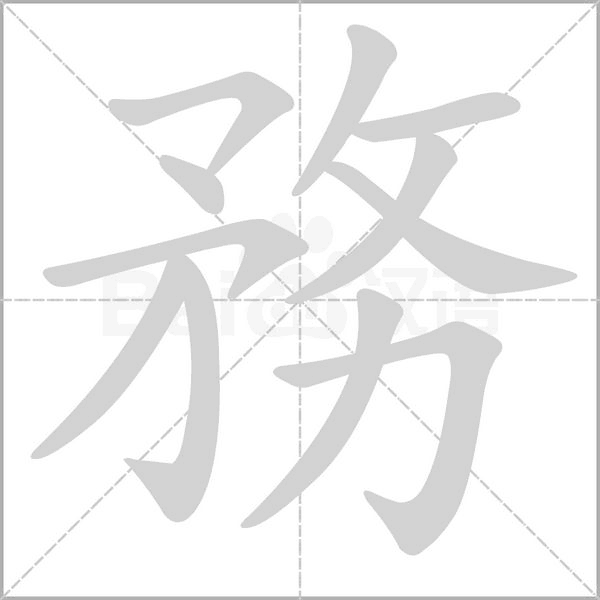
wù: be engaged in; devote to; affair; business
radical: 力 (lì; physical strength)

yuán: member; a person engaged in some field of activity
radical: 口
Simplified character:
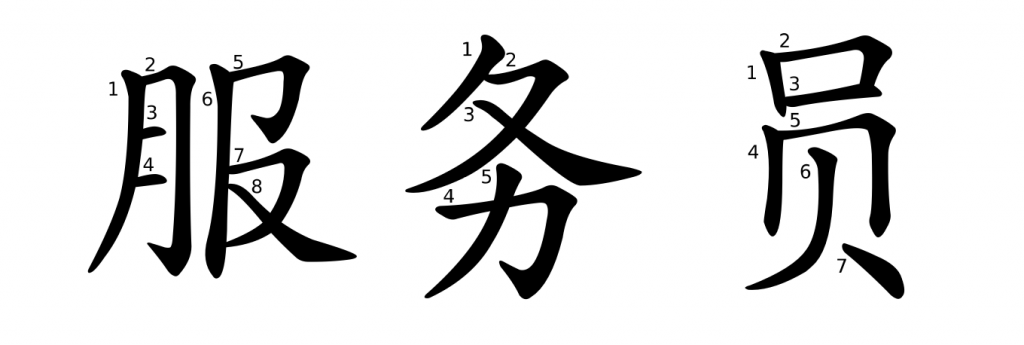
麻辣 málà Adj. spicy and numbing
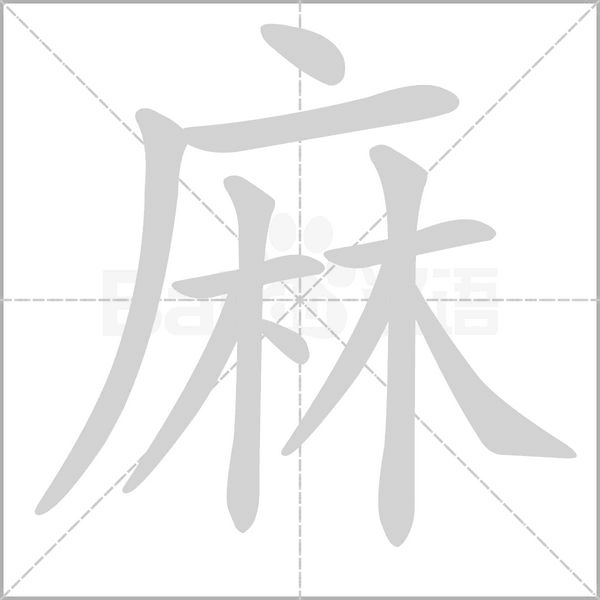
má: a general term for hemp, flax, jute, etc. rough; coarse; pitted; potted; numb; tingle
radical: 麻

Chinese Studies Classroom: The original meaning of “麻” refers to a general term for hemp plants. To process the fibers of these plants into materials for weaving, the fibers must be separated strand by strand, which gave rise to the extended meanings of “disorder” and “trouble.” When used as a verb, it means “numb” or “tingle.”
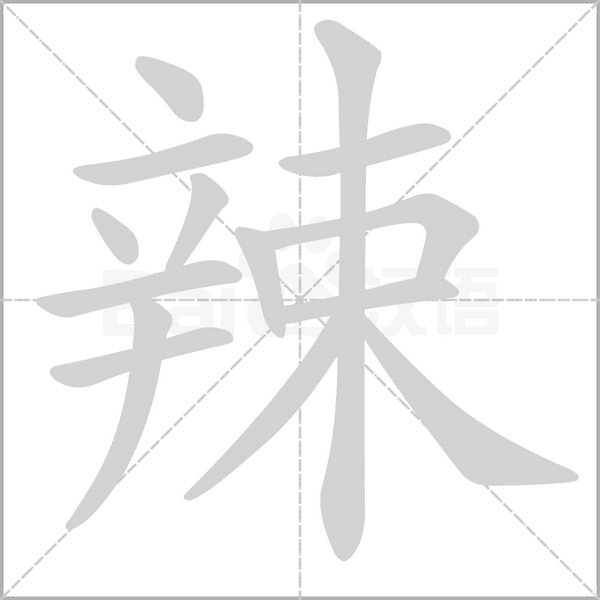
là: spicy
radical: 辛 (xīn; hot; spicy)
Both traditional and simplified characters are written as:

最好 zuìhǎo Adj. the best

zuì: the most
radical: 日
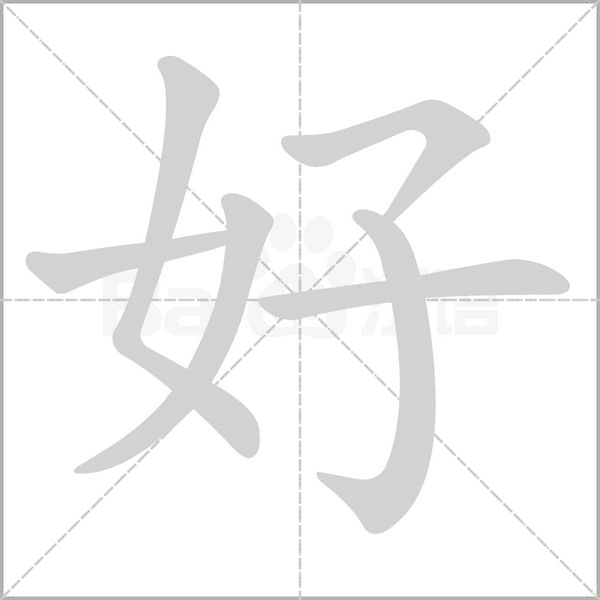
hǎo: good; nice; kind
radical: 女 (nǚ; female)

Chinese Studies Classroom: In oracle bone script, the left side of “好” is “女,” which can represent a woman or a mother, and the right side is “子,” which can represent a child or a male. One interpretation is that in matrilineal societies, women were highly respected, partly due to their ability to bear and raise children. The meaning of “好” as “good” or “beautiful” likely stems from this association with women’s role in reproduction and child-rearing. In ancient times, the act of women giving birth and raising children was regarded as a virtue, which led to the extension of the meaning of “good” or “beautiful.”
Both traditional and simplified characters are written as:
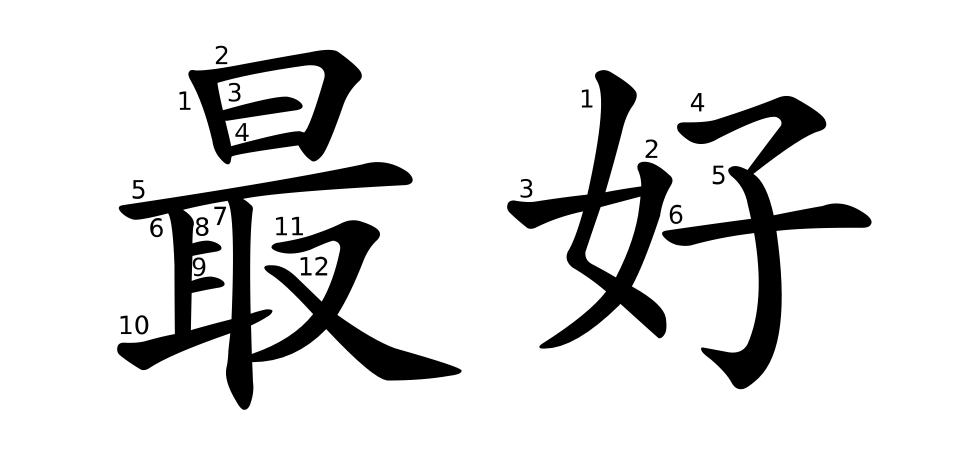
慢點兒 màndiǎnr VP. slow down
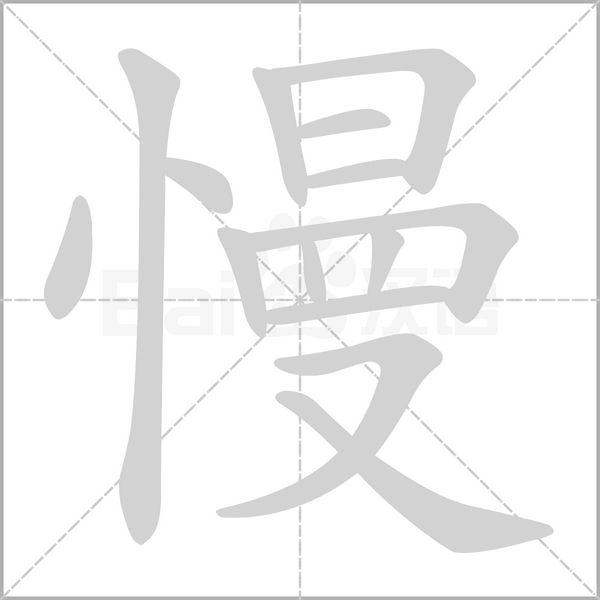
màn: slow
radical: 忄 (xīn; heart)
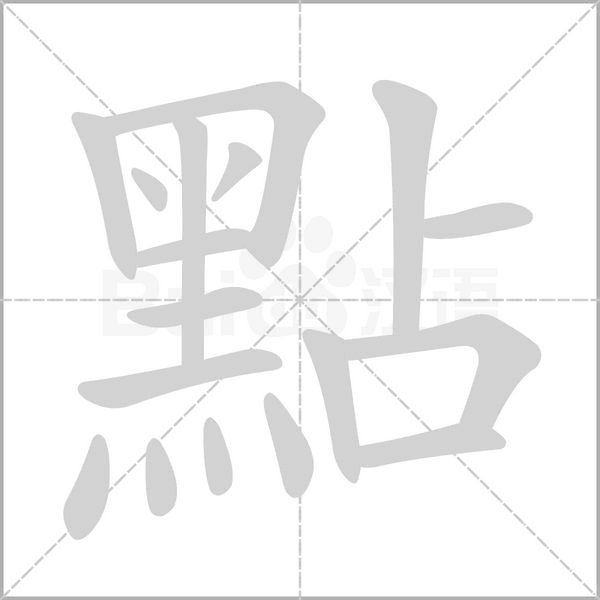
diǎn: tiny amount; a little
radical: 灬

Chinese Studies Classroom: The character “點” (diǎn) is a phono-semantic compound. On the left is the component “黑” (hēi, black), which, in Oracle Bone Script, depicts fire at the bottom and a chimney above. The meaning of “黑” originates from the black soot produced by smoke rising from the fire. The right side of “點” serves as the phonetic element, indicating that “占” (zhān) and “點” (diǎn) had similar pronunciations in ancient times. The original meaning of “點” referred to black marks created by soot. Over time, it extended to mean “dot,” “speck,” “tiny amount,” or “a little.”
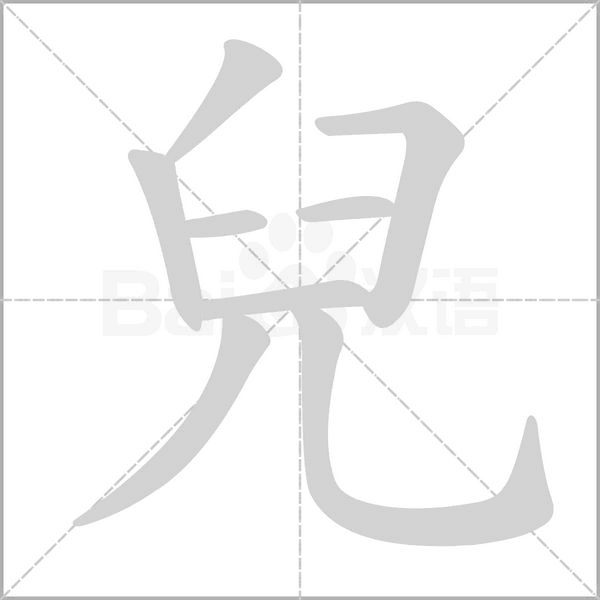
ér: a retroflex suffix
radical: 兒
Note that “兒” is an important retroflex suffix in Mandarin Chinese. In Mandarin Chinese, “érhuà” (the addition of the retroflex suffix “-r”) can add a sense of intimacy or diminutiveness to nouns. However, this usage is limited to certain specific words. For example, “画儿” (huàr) conveys a more casual or affectionate tone than “画” (huà), and “玩儿” (wánr) sounds more colloquial than “玩” (wán). In addition, “érhuà” can also change the meaning of certain words. For example: “哪” (nǎ; which) becomes “哪儿” (nǎr; where), and “那” (nà; that) becomes “那儿” (nàr; there).
Simplified character:

豆腐 dòufu N. tofu

dòu: beans; peas
radical: 豆

fǔ: bean curd; decay; rotten
radical: 广
Both traditional and simplified characters are written as:
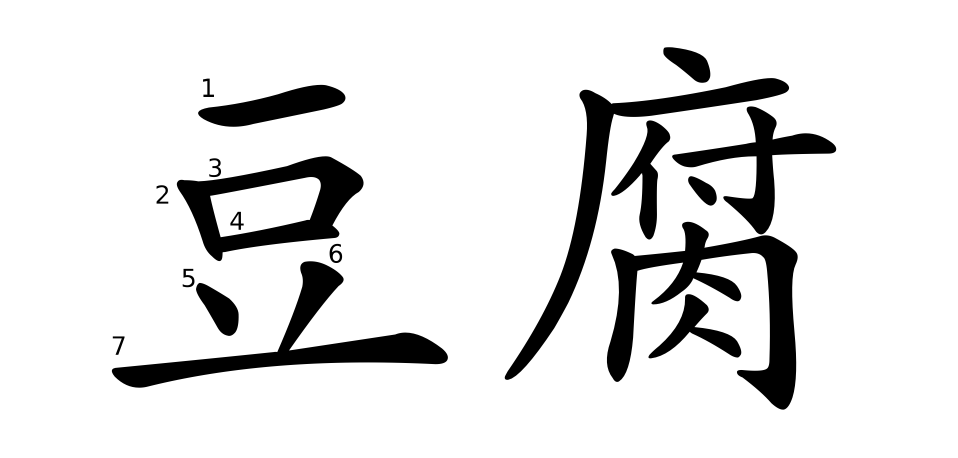
點頭 diǎntóu V. to nod
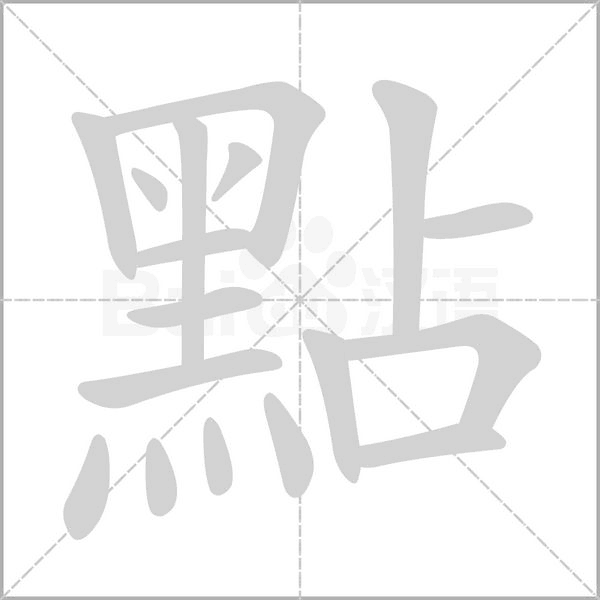
diǎn: to nod
radical: 灬
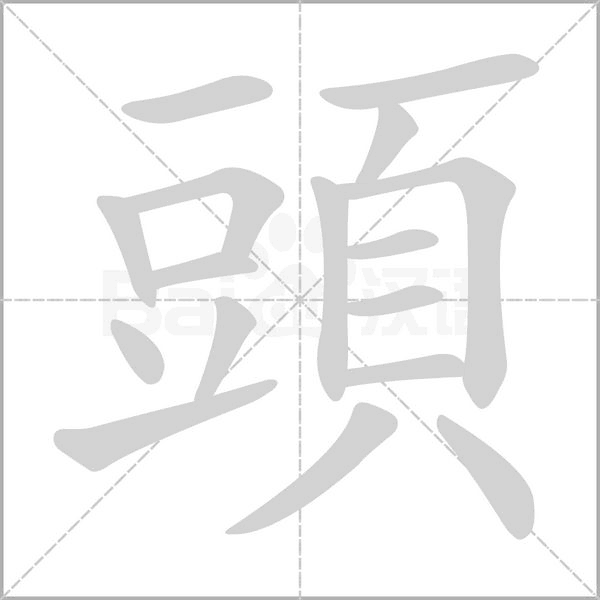
tóu: head
radical: 頁 (yè; head)
Simplified character:

味道 wèidao N. taste
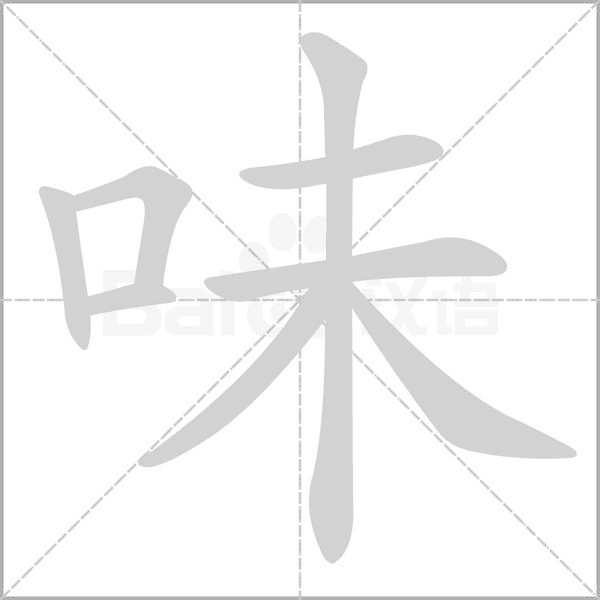
wèi: taste; flavour
radical: 口 (kǒu; mouth)

dào: road; way; channel; line; tract
radical: 辶 (chuò, walking)
Both traditional and simplified characters are written as:
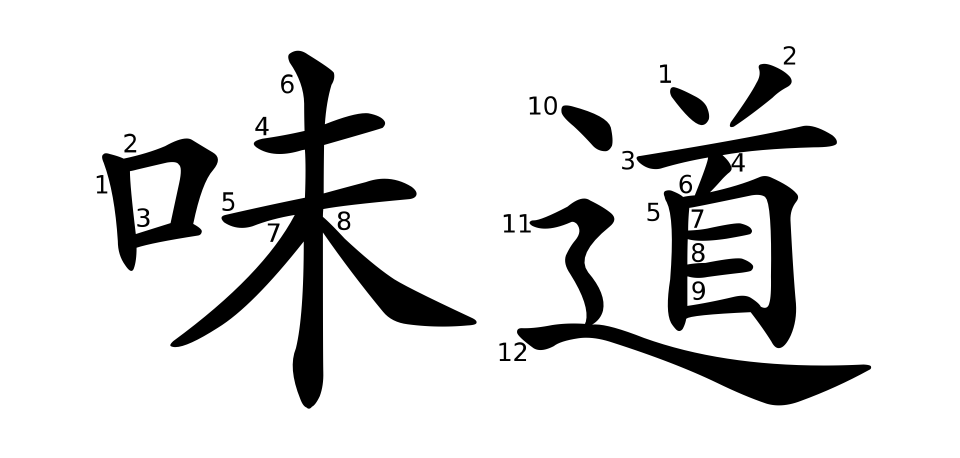
酸辣湯 suānlàtāng N. hot and sour soup
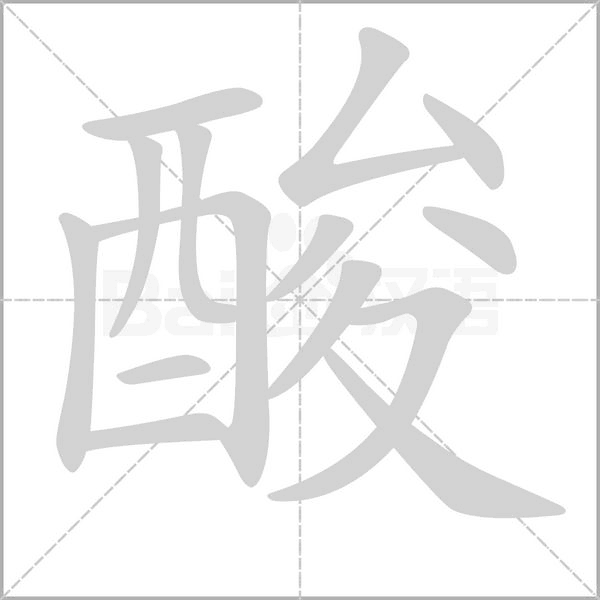
suān: sour
radical: 酉 (yǒu; drinking vessel)

là: spicy
radical: 辛 (xīn; hot; spicy)
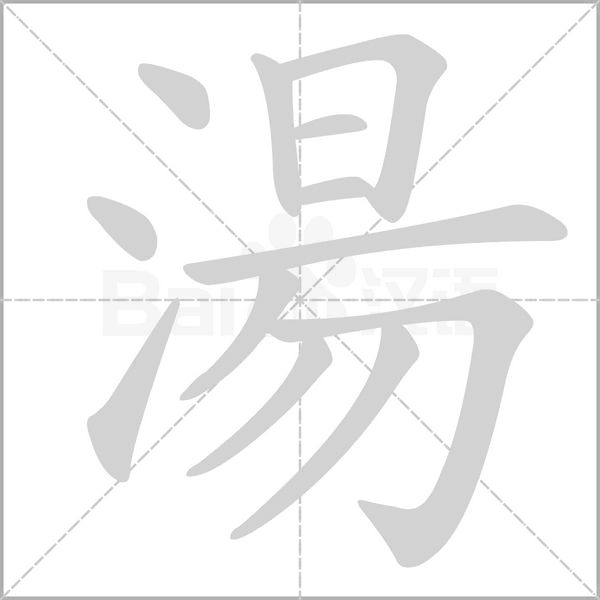
tāng: soup
radical: 氵(shuǐ; water)
Simplified character:
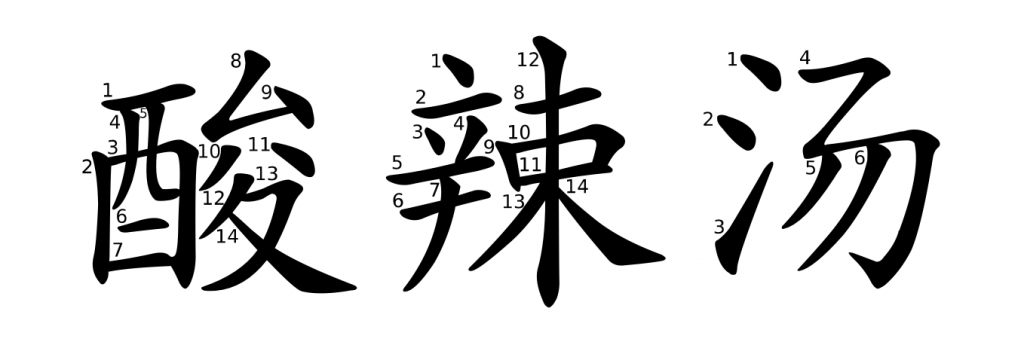
這位朋友 zhèiwèi péngyou NP. this friend
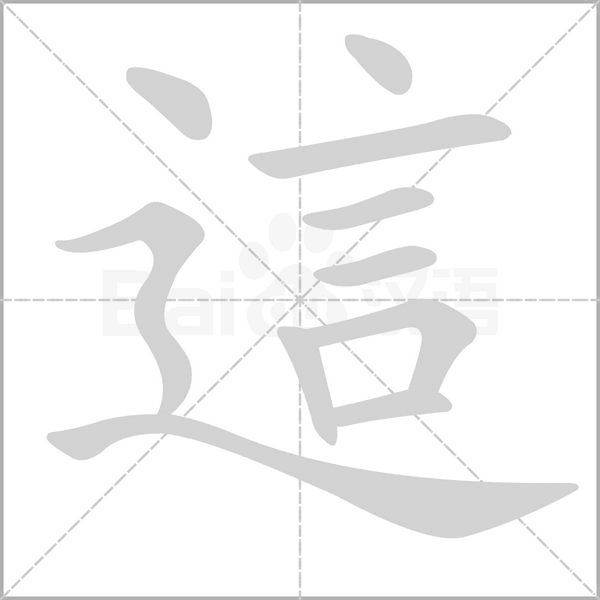
zhèi/zhè: this
radical: 辶 (chuò, walking)
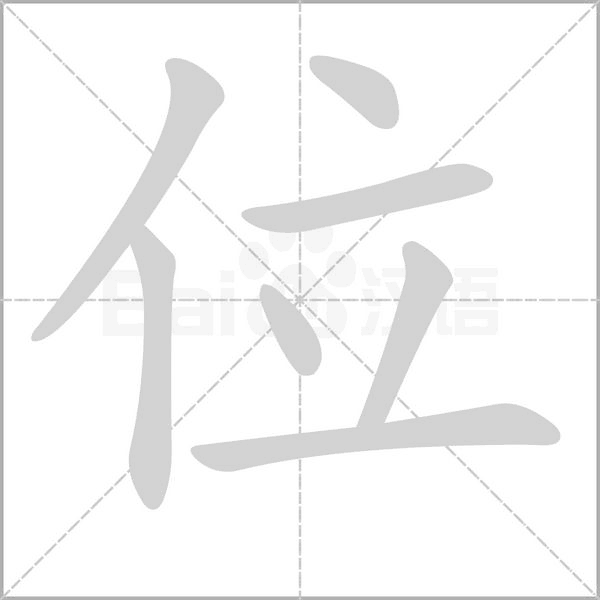
wèi: a measure word used for people that conveys respect
radical: 亻(rén; person)
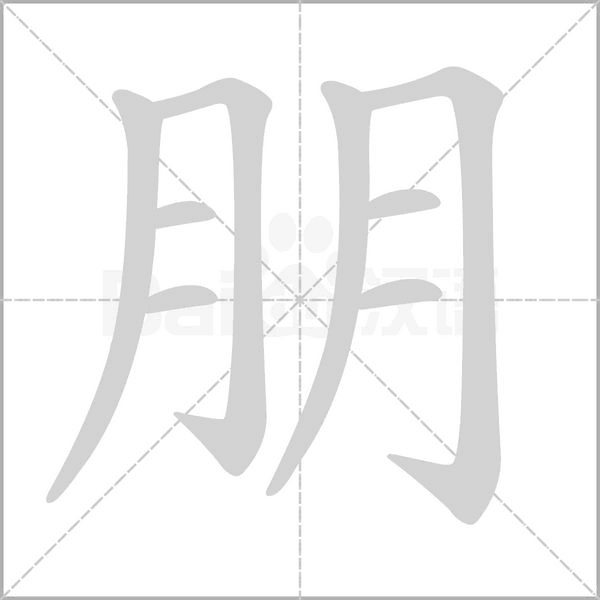
péng: friend
radical: 月 (yuè; moon, flesh or a string of coins)

Chinese Studies Classroom: The character “朋” (péng) originally depicted two shells side by side and historically represented a “pair” or “set,” as shells were used as currency in ancient China. This pairing concept extended to mean “friends” or “companions,” as it implies two individuals linked closely, much like a pair.
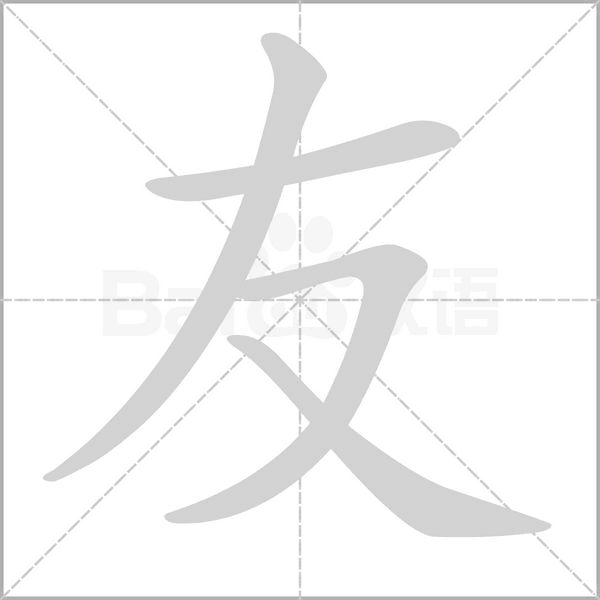
yǒu, friend; friendly
radical: 又 (yòu; hand)
Traditional character:

Simplified character:

再說 zàishuō Conj. besides
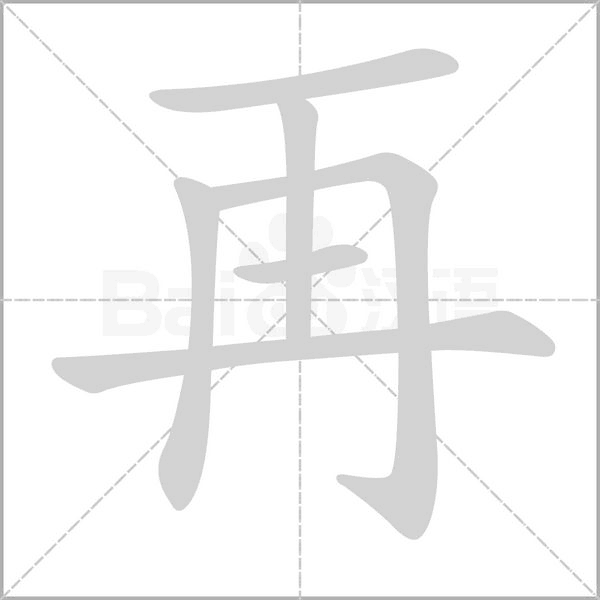
zài: another time; again
radical: 一

Chinese Studies Classroom: In oracle bone script, the character “再” is shaped like a fish with a horizontal line added at both the head and tail, symbolizing catching another fish. Therefore, “再” carries the meanings of “twice,” “second,” and “again.”
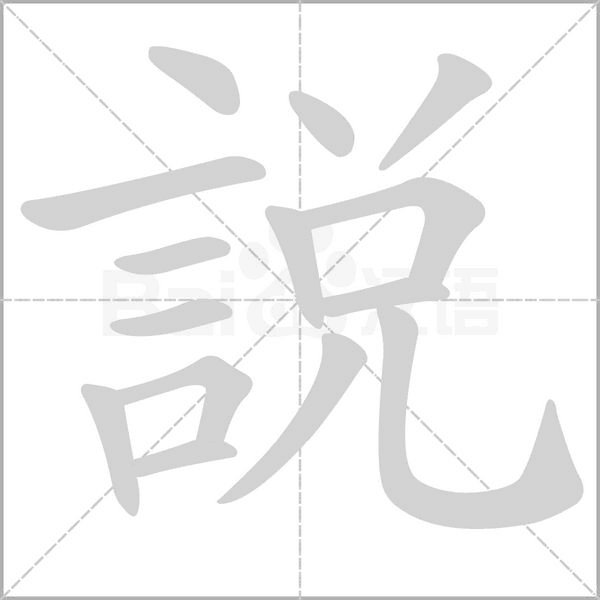
shuō: to speak
radical: 言 (yán; language)
Traditional character:
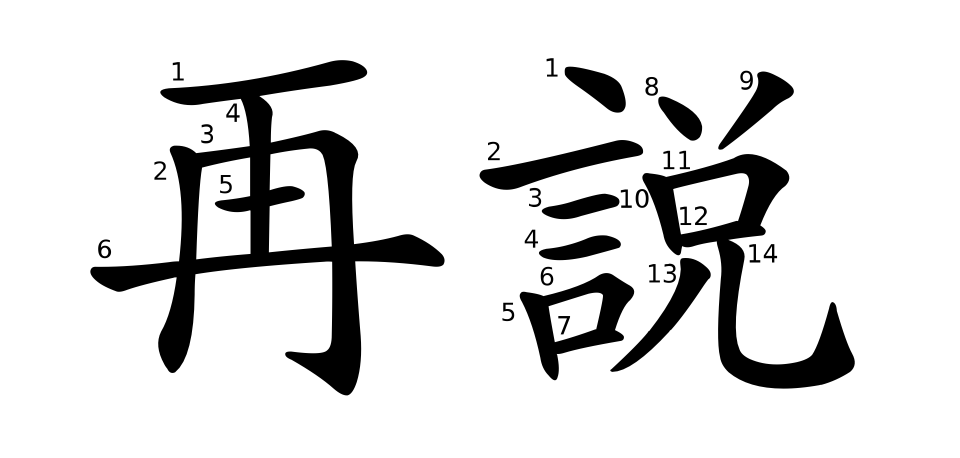
Simplified character:
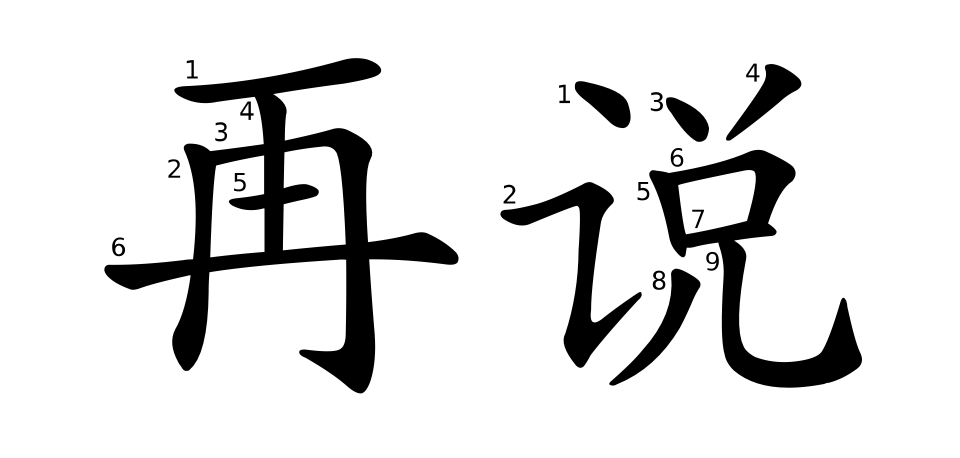
一言為定 yìyánwéidìng IE Okay. / It is a deal.

yī: one
radical: 一

yán: language
radical: 言

Chinese Studies Classroom: One interpretation of the character “言” is that, in ancient scripts, it looks like a horizontal line added to “舌” (tongue), representing words spoken through the tongue, which means “language.” Characters that include the “言” radical are often related to speech or language, such as 說 (shuō-speak), 話 (huà-word), 語 (yǔ-language), 談 (tán-discuss), etc.
-3.gif)
wéi: take action; action
radical: 灬

Chinese Studies Classroom: In oracle bone script, the character “為” depicts an elephant with a hand above its head. The original meaning of the character was to lead the elephant by hand, symbolizing taking action. Later, the character evolved from the meaning of “doing” to also represent “for,” “on behalf of,” or “because of.”
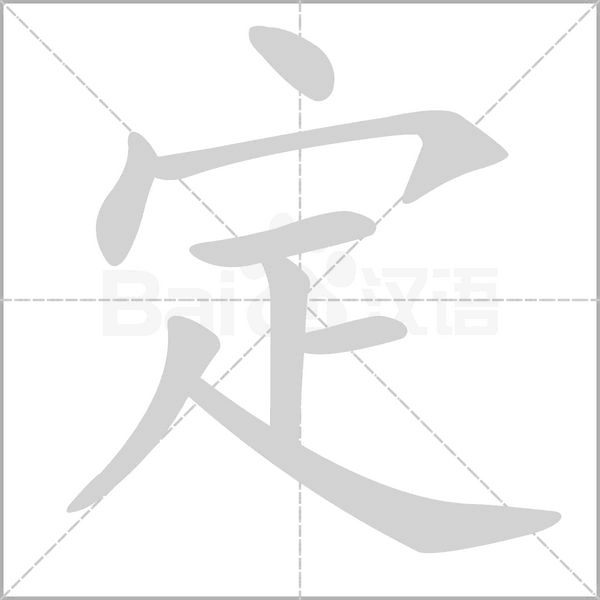
dìng: stable; fixed; settled; decide; fix; surely; definitely
radical: 宀 (mián; roof)

Chinese Studies Classroom: In ancient characters, the outer component of “定” is “宀,” which represents a house. Below it is a foot (“止”) heading toward a moat. When these three components are combined, they symbolize a person returning home after a war and settling down. Therefore, the original meaning of “定” is “to settle” or “to establish peace.” Since stability implies no further changes, the character later expanded to include meanings such as fixed, stable, certain, and decided.
Traditional character:

Simplified character:

這邊坐 zhèibiānzuò IE Please be seated here.
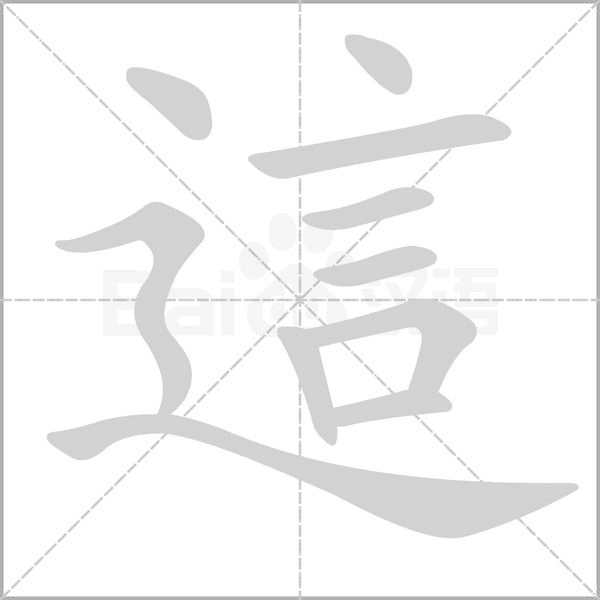
zhèi/zhè: this
radical: 辶 (chuò, walking)
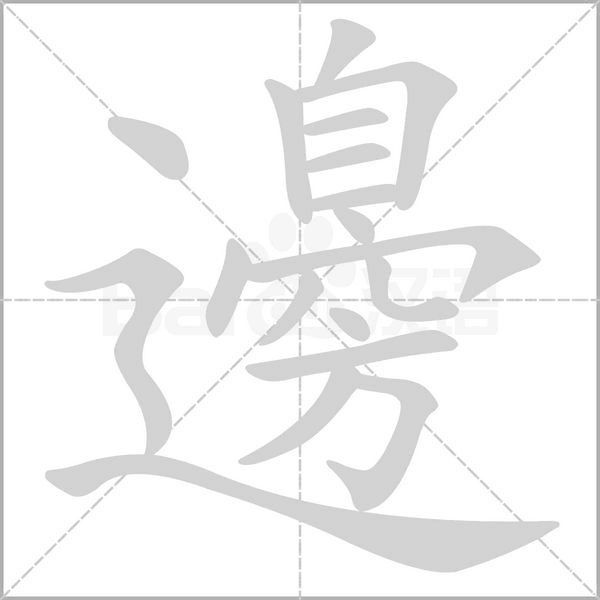
biān: side; edge; brim; border; boundary
radical: 辶 (chuò, walking)

zuò: sit
radical: 土 (tǔ; soil; earth)
Simplified character:
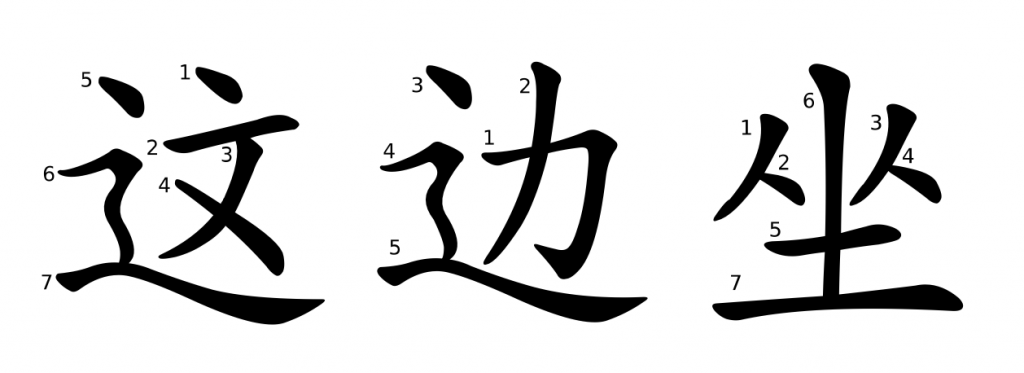
特別是 tèbiéshì Adv. especially
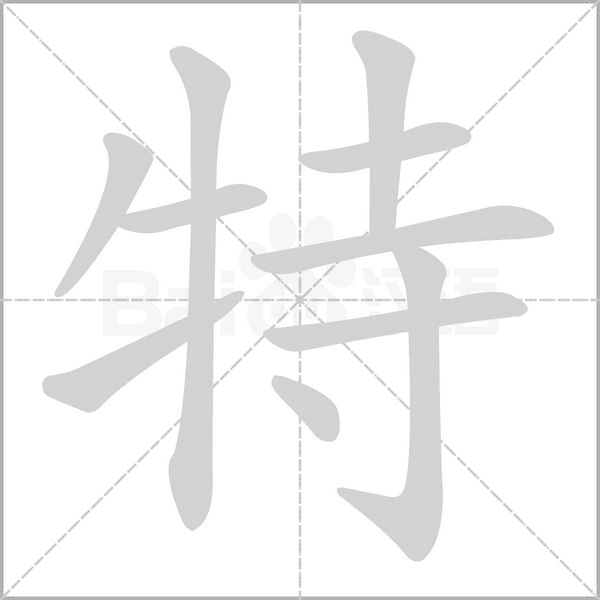
tè: special; unusual; especially; very
radical: 牛 (niú; bull; ox)
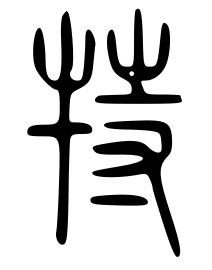
Chinese Studies Classroom: “特” is a phono-semantic compound character. The left side, “牛,” is a meaning component representing a bull, while the right side, “寺,” is a phonetic component, indicating that the pronunciation of “特” and “寺” was similar in ancient times. The original meaning of “特” referred to a large bull. Later, it expanded to mean unique, special, or outstanding, deriving from the idea of something large or exceptional.

bié: distinguish; leave
radical: 刂
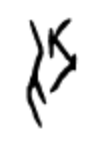
Chinese Studies Classroom: In oracle bone script, the character “别” consists of two components: on the left, a “knife” (刀), and on the right, the “skeleton” of an animal (骨). Together, these elements represent the act of using a knife to separate flesh from bone. Over time, this original meaning evolved to include concepts such as “distinguish,” “difference,” “category,” and “other.”
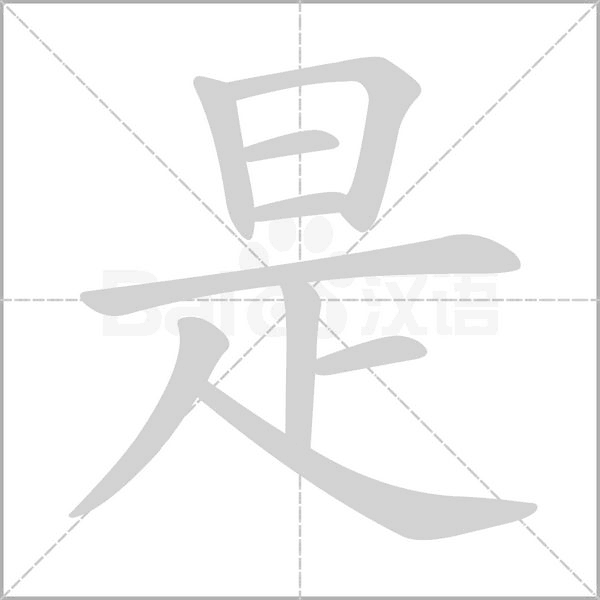
shì: be; is; are
radical: 日 (rì, sun)
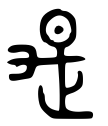
Chinese Studies Classroom: One explanation is that in the Bronze Script, the character “是” consists of a sundial on top and the character “正” (upright) below, with the basic meaning of upright and not skewed. It later extended to mean correctness and further evolved into a response word, expressing agreement or approval. After the Han dynasty, “是” was used as a copula to indicate judgment.
Traditional character:
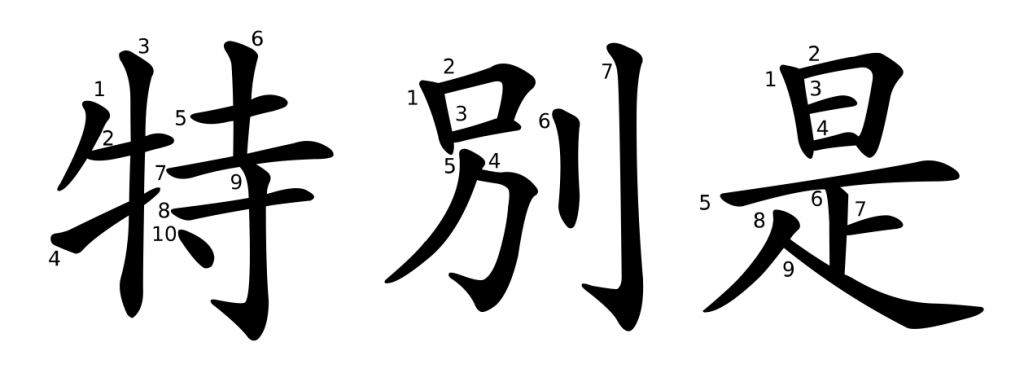
Simplified character:
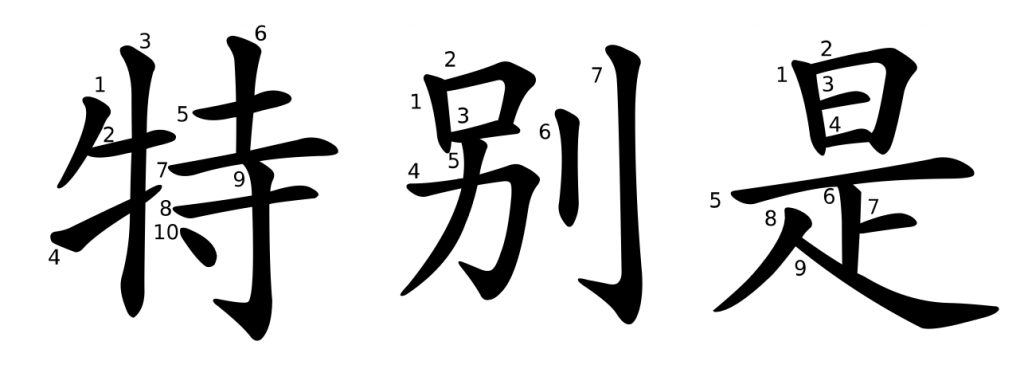
常常 chángcháng Adv. often
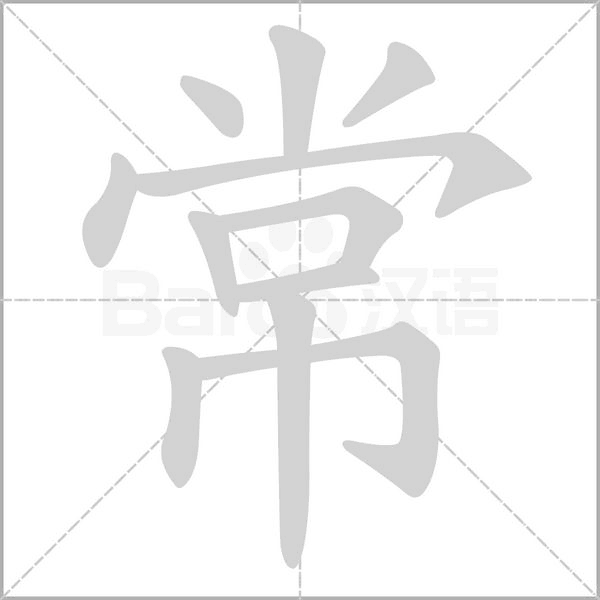
cháng: often; usually; ordinary; common
radical: 巾 (jīn; a ribbon worn on clothes in ancient China)
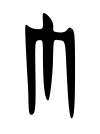
Chinese Studies Classroom: The character “常 (cháng)” is a phono-semantic compound. The upper part, “尚 (shàng),” serves as the phonetic component, while the lower part, “巾 (jīn),” provides the semantic element. In oracle bone script, “巾 (jīn)” referred to a silk scarf worn as part of everyday attire, with its shape resembling the draping of a scarf on clothing. Over time, the meaning of “常 (cháng)” extended to signify “everyday,” “ordinary,” and “frequently.”
Both traditional and simplified characters are written as:

嘗一嘗 chángyìcháng VP try (by tasting)
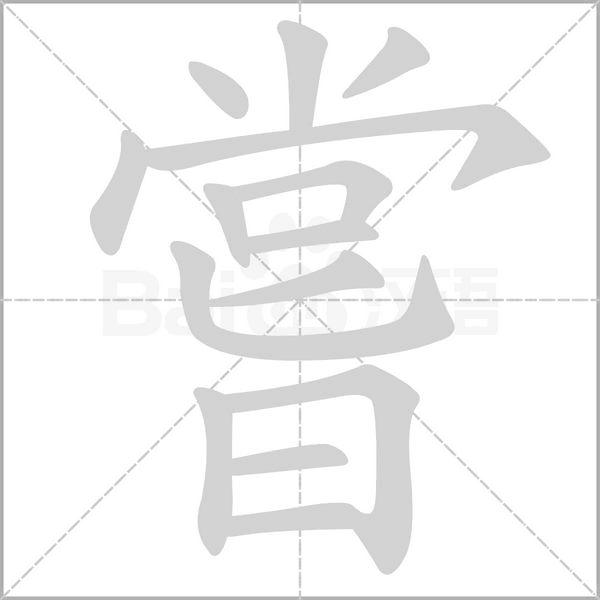
cháng: taste
radical: 旨; 小
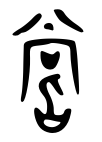
Chinese Studies Classroom: The character “嘗” is a phono-semantic compound. The upper part, “尚,” serves as the phonetic component, indicating that “尚” and “嘗” had similar pronunciations in ancient times. The lower part depicts a mouth with a spoon above it, symbolizing the act of bringing food to the mouth. Thus, the original meaning of “嘗” is to use the mouth and tongue to taste and discern flavors.
Simplified character:
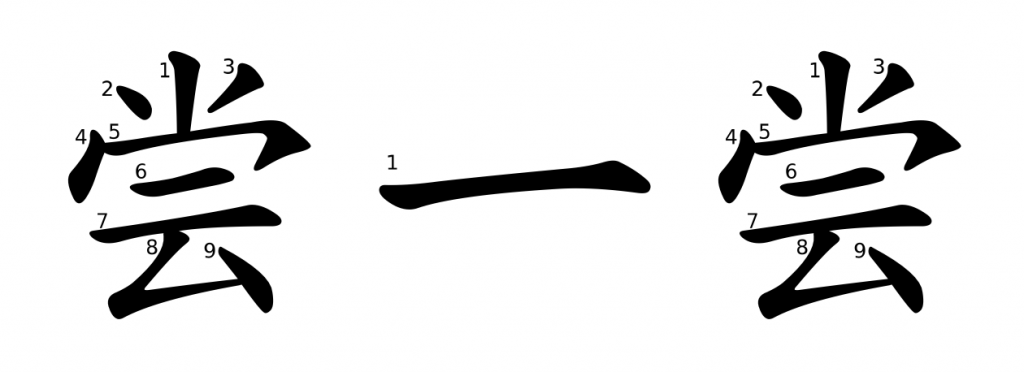
習慣 xíguàn V. to be used to
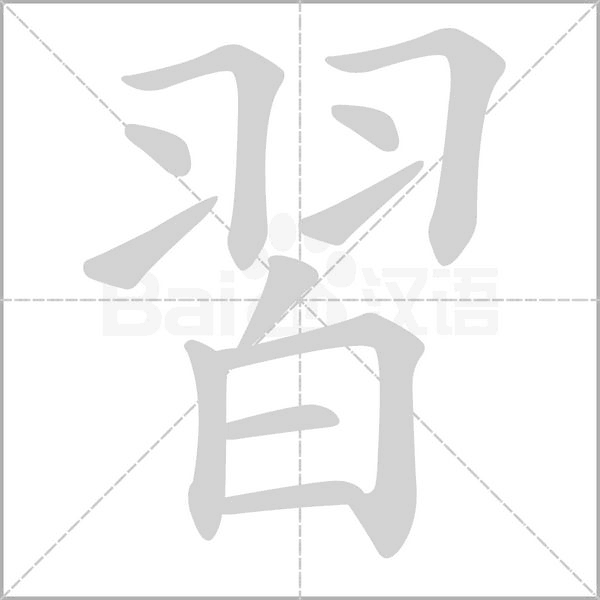
xí: practise; exercise; get accustomed to
radical: 乛

Chinese Studies Classroom: In Oracle Bone Script, the upper part of the character “習” resembles the feathers of a young bird, while the lower part represents the sun. This character can be understood as a bird repeatedly flapping its wings under the sunlight to practice flying. Thus, the fundamental meaning of “習” is to practice or learn. Over time, it extended to mean “review” and later came to signify habits formed through repeated actions.

guàn: be used to; be in the habit of; habitual
radical: 忄(xīn; heart)
Simplified character:

一家飯館兒 yìjiā fànguǎn NP. a restaurant

yī: one
radical: 一
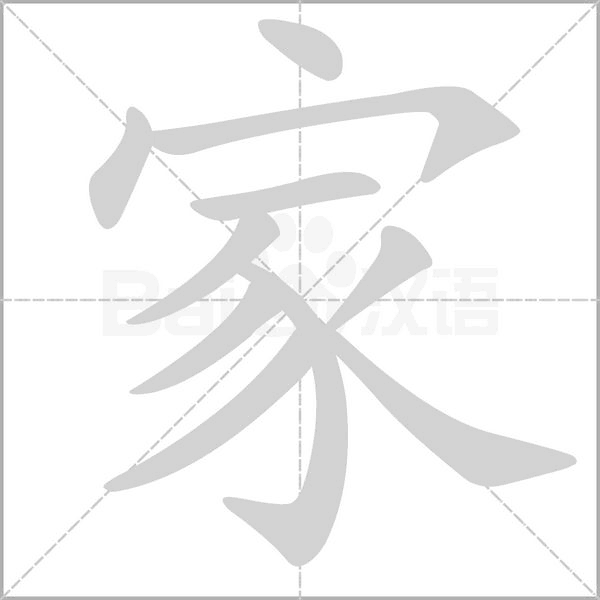
jiā: measure word for restaurants, banks, coffee shops, teahouses, or other shops, etc; home
radical: 宀 (mián, roof)

Chinese Studies Classroom: In oracle bone script, the upper part of the character “家” (宀) represents a roof, while the lower part (豕) resembles a pig. The original meaning of “家” was a house or dwelling, and it later extended to mean “family.”
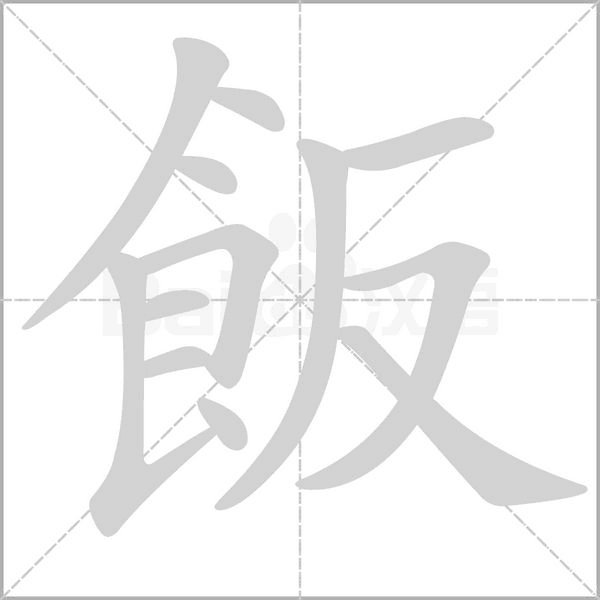
fàn: meal
radical: 食 (shí; food)

Chinese Studies Classroom: In ancient characters, the left side of “飯” is “食,” which looks like rice on a table, and the right side is “反.” “食” indicates something related to food, while “反” represents the pronunciation.

guǎn: accommodation for guests
radical: 食 (shí; food)

Chinese Studies Classroom: The character “館” is a phono-semantic compound. Its radical is “食,” which originally means eating, indicating that “館” is related to food or dining. The right component, “官,” serves as the phonetic element. The original meaning of “館” refers to a house for hosting guests. Over time, it extended to mean a luxurious residence, embassies, consulates, shops, or places for cultural activities.
Simplified character:

酸菜魚 suāncàiyú N. fish with pickled vegetable

suān: sour
radical: 酉 (yǒu; drinking vessel)

cài: vegetable
radical: 艹 (cǎo; grass or the general term for herbaceous plants)
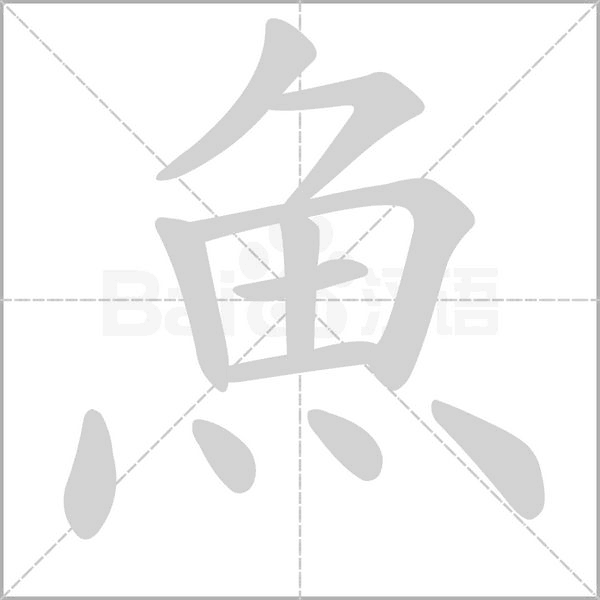
yú: fish
radical: 魚

Chinese Studies Classroom: In Oracle Bone Script, the character “魚” (fish) resembles the shape of a fish.
Simplified character:
